CASE STUDY
Simplifying website management with a clear site structure
Miles IT Company helps a school board association improve its website structure for easy updates, regulatory compliance, and a smooth user experience.


MEET THE CLIENT
School board association
The client provides school board services, including training, legislative advocacy, and more, to help school board members create an impact in their communities. Their sister organization is an insurance product that offers coverage options.
Being in the education vertical, the client must abide by specific standards that also apply to their website. In addition, they must frequently update website content to meet changing regulations and keep members informed.
PRIMARY CHALLENGE
Create a clear website architecture and streamlined management strategy
Initially, the client reached out for help with website modernization and management; they later asked for assistance updating their sister website as well.
Modernization
The client’s previous website was outdated and difficult to edit, making it challenging to share events and news with members in a timely manner.
Reorganization
Over the years, the client’s website had grown very large and lacked a clear navigation structure, which created a poor user and webmaster experience.
Optimization
Duplicate content, orphan pages, and broken links caused technical issues that impacted overall site health and made it difficult to find the right information.
Management
Since various team members manage the website, they sought to create SOPs and alignment to ensure consistency & accuracy.
OUR PROCESS
Saving time with an agile website approach
Our Marketing Strategist and Project Manager led this multi-faceted project with intentionality and focus, leveraging their strategic planning skills and technical expertise.
Creating clarity and impactful planning
We began with a thorough review of the client’s sitemap to identify content that needed to remain on the website and content that we could remove.
Effective content consolidation and performance-focused development
Next, we worked with all stakeholders to consolidate content for each page and review site design and branding. Then, our team spent time developing and optimizing the website.
Iteration and training
Finally, we held team training and equipped the client’s staff with the knowledge and tools necessary to manage their website. We also created additional functionalities based on supplementary needs.
PHASE 1: CLARITY & PLANNING
Thorough website analysis & strategy development
This multi-stage project began with an analysis of the client’s current site to discover opportunities for improvement.
Website Analysis
Our Marketing Strategist & Marketing Technology Consultant recreated the client’s sitemap to identify areas of improvement, including content consolidations and technical issues.
Content Review
Leveraging our business and technological expertise, we thoroughly reviewed the sitemap with the client’s team to determine content areas to condense, combine, and remove.
Site Management Logic Development
To prevent future upkeep and maintenance issues, our team developed a structured website management approach for improved communication and accountability.
Defined Sitemap
Our final deliverable for this phase was a clearly defined sitemap, which included relabeled and reorganized navigation menu items to build more intuitive user journeys throughout the site.
PHASE 2: CONTENT CONSOLIDATION
Reorganizing content for sitewide impact
Since the client’s website is very active and used as a resource for their members, we worked to gain a transparent understanding of the most important pages and the best ways to classify them.
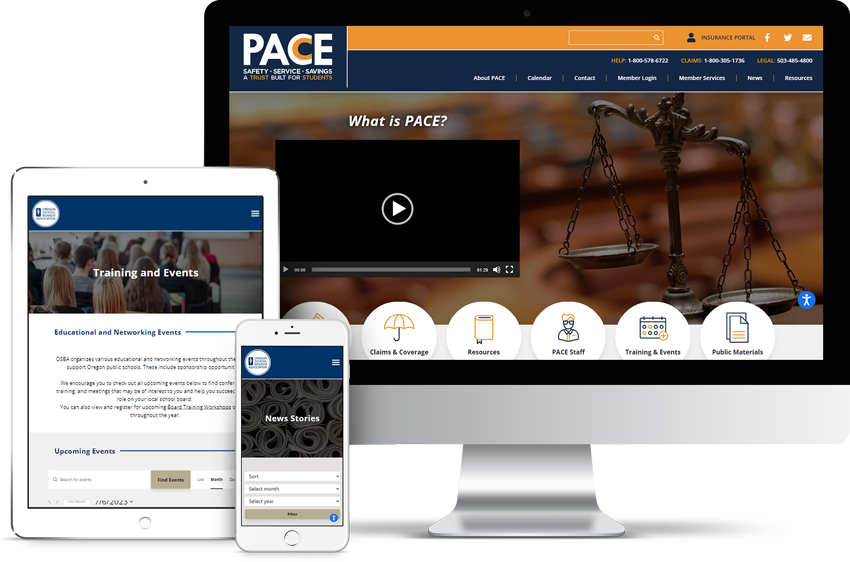
-
In-Depth Content Interviews
+
Our Content Creator and Marketing Strategist conducted thorough interviews with a predefined agenda and questions to keep everyone on the same page.
-
Stakeholder Involvement
+
Interviews were held with every department to ensure we incorporated all participant feedback into the final website content.
-
Information Architecture (IA)
+
For every page, our team focused on outlining a streamlined IA approach and layout that directed users to the correct information for their needs.
-
Purposeful Content Strategy
+
Since the client had a variety of pertinent information regarding their services, we provided recommendations to ensure all content achieved a higher goal.
PHASE 3: PERFORMANCE DEVELOPMENT
Automated features & smooth UX
The project’s second phase continued efficiently with design & development; our Graphic Designer and Website Developers worked closely to achieve precision and uniformity on every page.
PHASE 4: ITERATION & TRAINING
Feature enhancements & staff education
As the project wrapped up, Phase 4 centered on creating additional functionalities and sharing website knowledge with the client’s team.
Thorough QA Process
Because the client’s sites were so large, we performed four in-depth QAs to ensure the final products presented all content and functionalities as intended.
Staff Training
Our Web Developer conducted ten in-depth training sessions with 40 of the client’s staff members and customized the training based on how each group planned to use the site.
Additional Functionality
We added new components and functionalities per the client’s request to ensure their refreshed website achieved their goals.
RESULTS
Impressively organized website & seamless management capabilities
The client’s new website reflects their goals now and into the future so they can continue to provide accurate, timely resources to their audience. We delivered their site under budget and faster than the original timeline, tirelessly working for ten months to bring the project to the finish line.
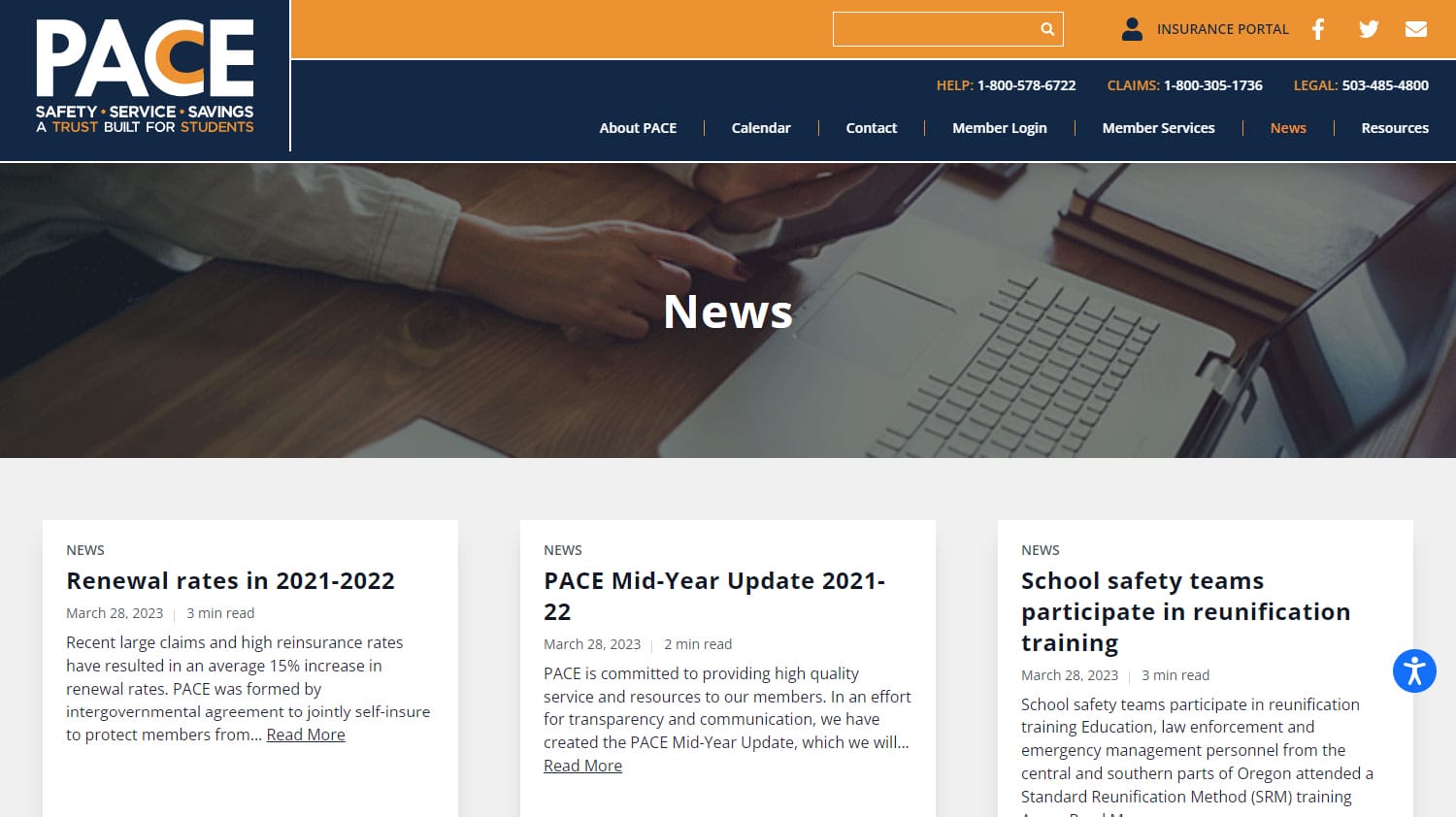
Efficiency & Timeliness
By incorporating automation into their calendar and blog, the client can keep their website up-to-date and compliant with data retention standards without requiring staff to make manual updates.
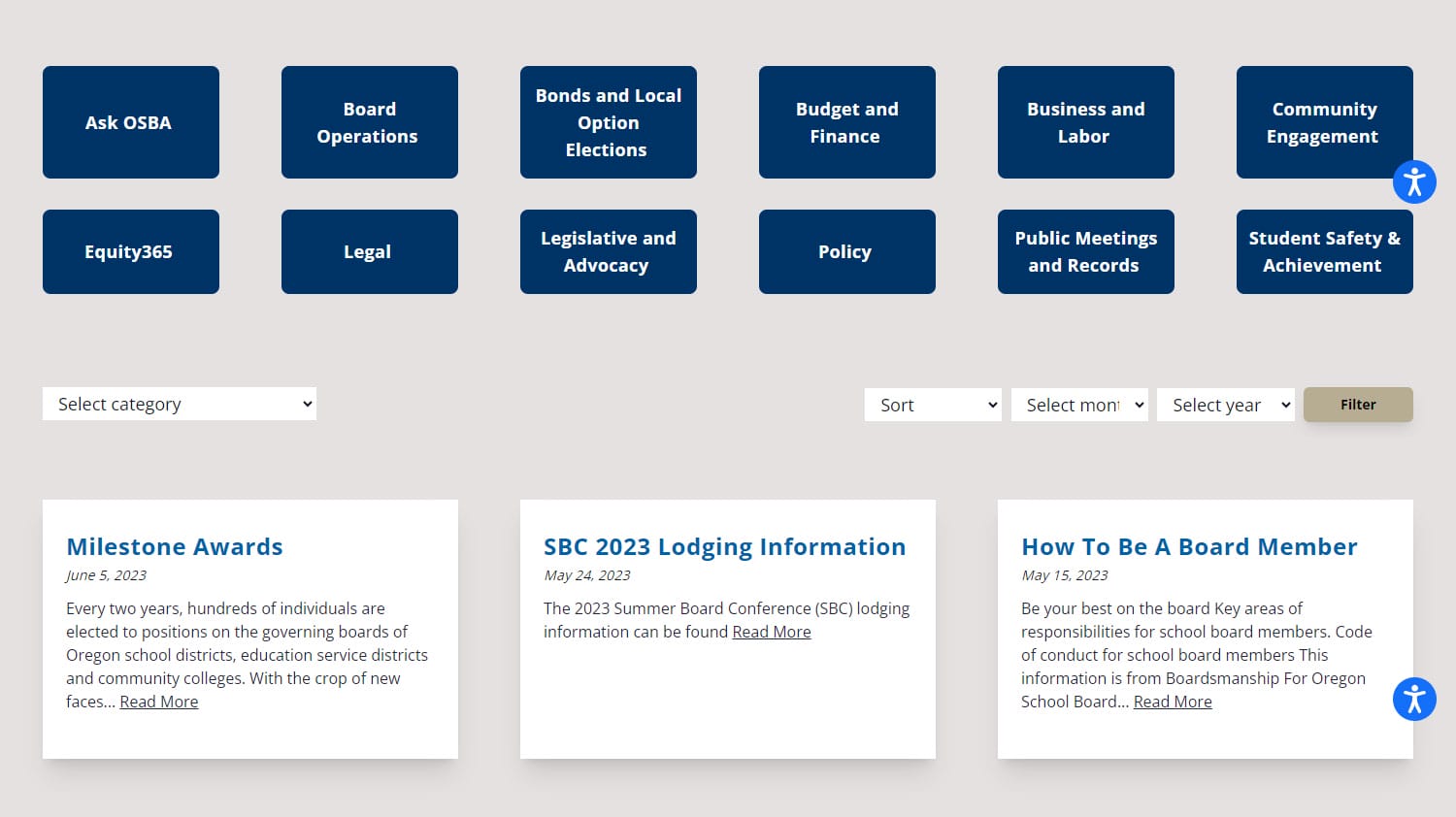
Consistent User Experience
We reduced the client’s website from 7,000 to 1,700 pages and condensed their navigation menu from 54 to 26 items, making it easier for users to find what they need and encouraging them to browse longer.
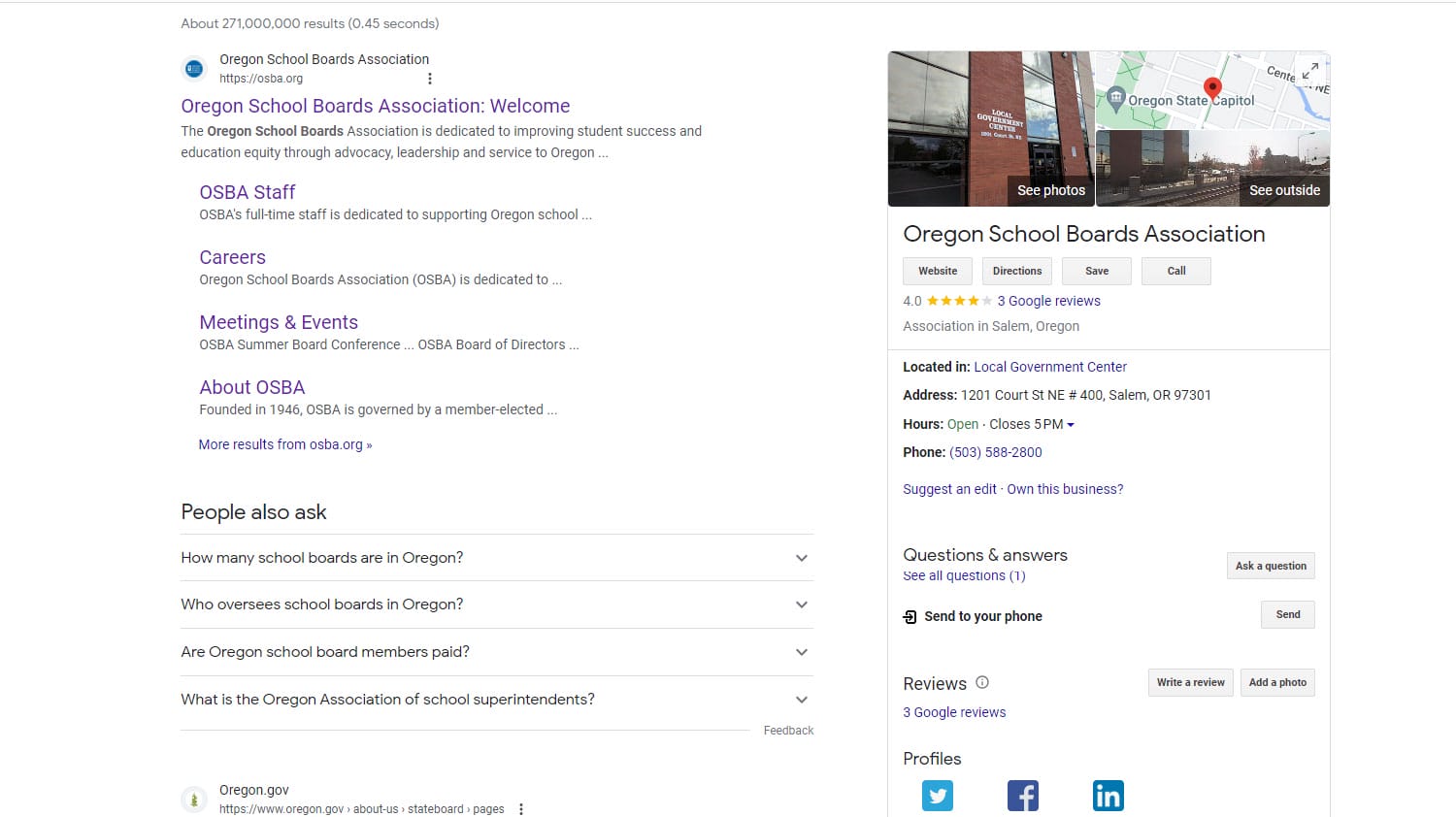
Search Engine Visibility
Reorganizing the website’s structure and resolving key technical issues allows Google to crawl the website more effectively, understand its meaning, and rank it appropriately in user search results.
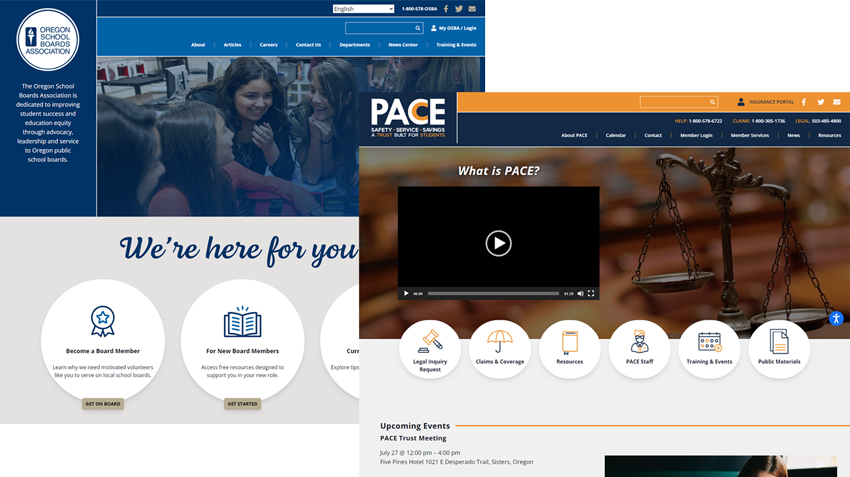
Established Trust
Refreshed and cohesive branding across both websites helps users know they’re in the right place and allow the client to present their organization professionally.
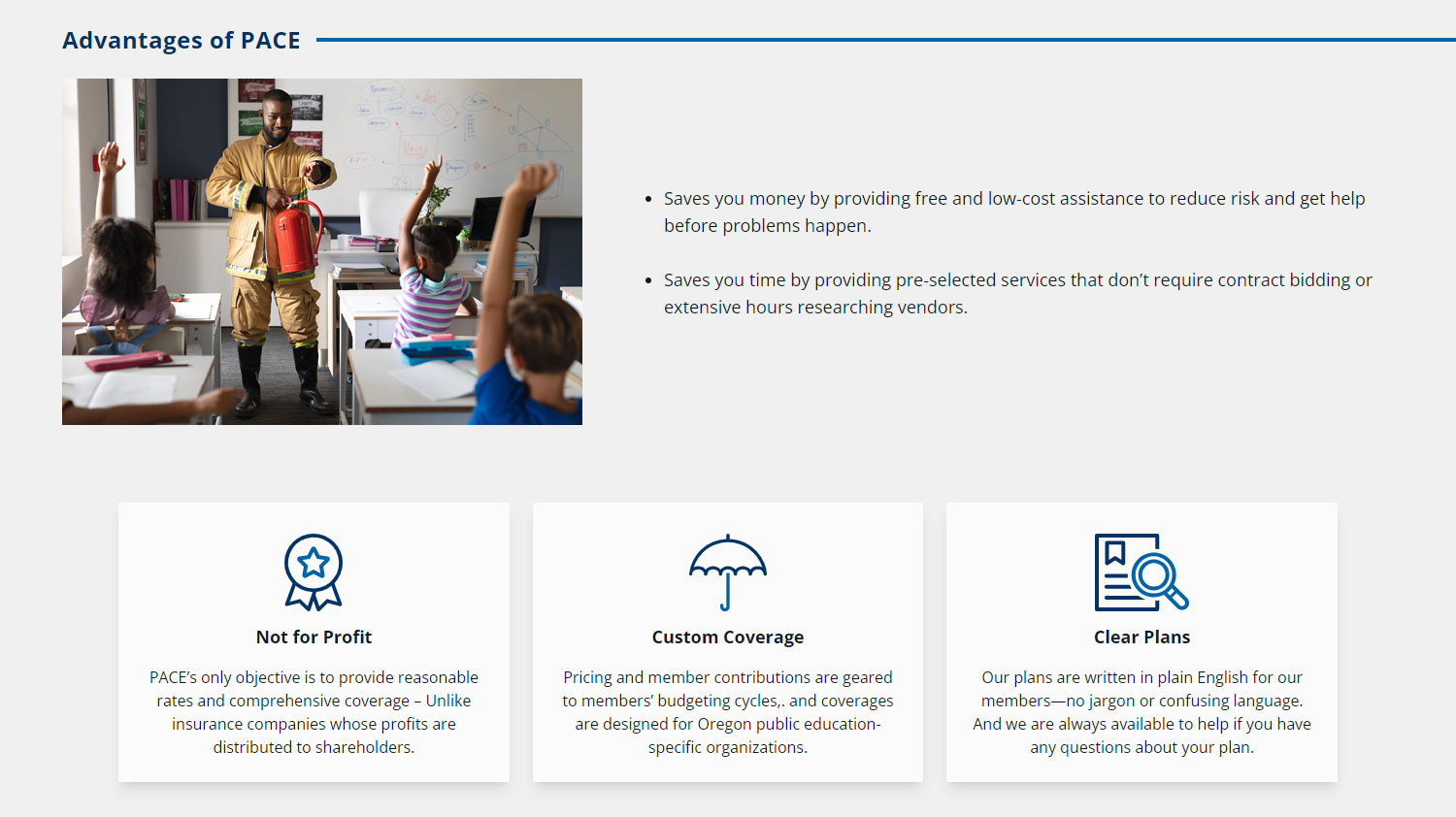
Team Accountability
With an SOP and training for managing their new site, the client can retain a clean site architecture, help their staff coexist as users, and improve overall site management.

MOVING FORWARD
Continual development work and consultation
Now, the client continues to partner with the Miles IT team. Their staff can update website content independently, and our developers provide ongoing assistance through our Website Security & Maintenance Plan and Monthly Development Plan.
With the Security & Maintenance Plan, we keep all website plugins up-to-date, monitor overall website security, and more. The Monthly Development Plan involves consulting sessions with our Marketing Strategist and Website Developers, where we strategize opportunities for continual site optimization and feature add-ons.
If you need help modernizing and reorganizing your website, contact us for a consultation.
